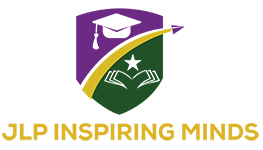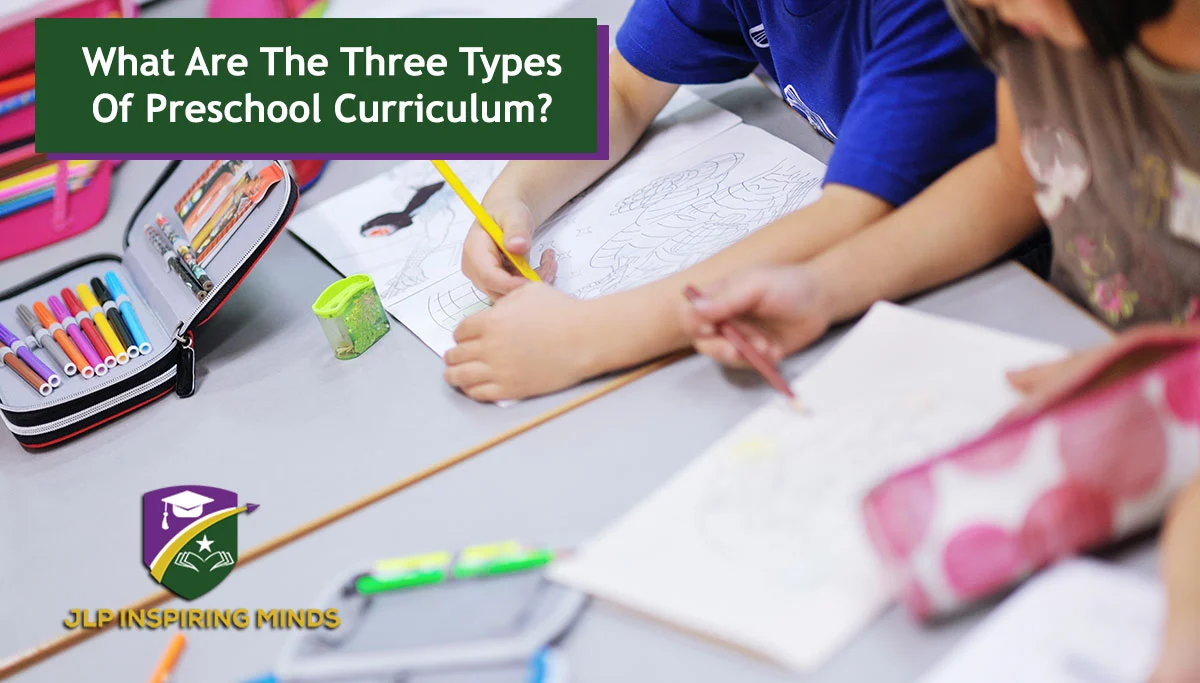
Preschool is the foundation of a child’s education and finding a preschool whose curriculum aligns with your values and your child’s learning style is important. Preschools tend to follow a specific curriculum while others offer a blend to accommodate a diverse range of learning needs.
Types of Preschool Curriculum
A preschool curriculum is an education philosophy or learning roadmap that guides how teachers teach or children learn. There are different preschool curriculums, each with its unique education philosophy or approach – here are a few examples.
Waldorf

This curriculum has been in existence since the 20th century thanks to the vision of Austrian scientist Rudolf Steiner. At the heart of this curriculum is a play-based approach to learning in creating an all-rounded person. Academic learning is delayed in favor of play-based activities like baking, painting, storytelling, drawing, handwork, and modelling.
Some of the unique characteristics of the Waldorf curriculum include:
- Kids learn through a well-structured creative learning process, such as through music and art lessons.
- Children are not subjected to tests, assessments, homework, or grading. Instead, children undergo continuous testing through various activities.
- There is no set teaching style. You may customize your teaching method or style.
- Traditional academics play second fiddle to the outdoors and creativity.
Parent Cooperative
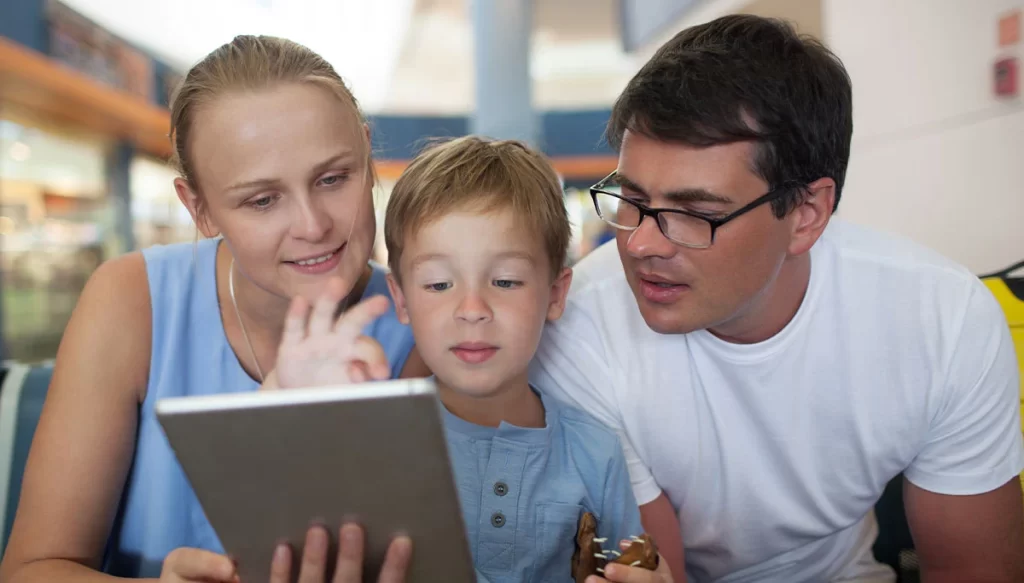
You’ll typically find this preschool curriculum in institutions operated by parents with similar educational beliefs. The unique characteristic of this approach is that parents and families play an integral role in their child’s education. Teachers and parents collaborate closely, supporting each other in educating the child.
This curriculum is designed to enhance parent-child relationships while offering affordability through parental involvement in administration and assisting teachers. Additionally, it fosters better social harmony by encouraging parents and children to embrace shared values and goals.
HighScope
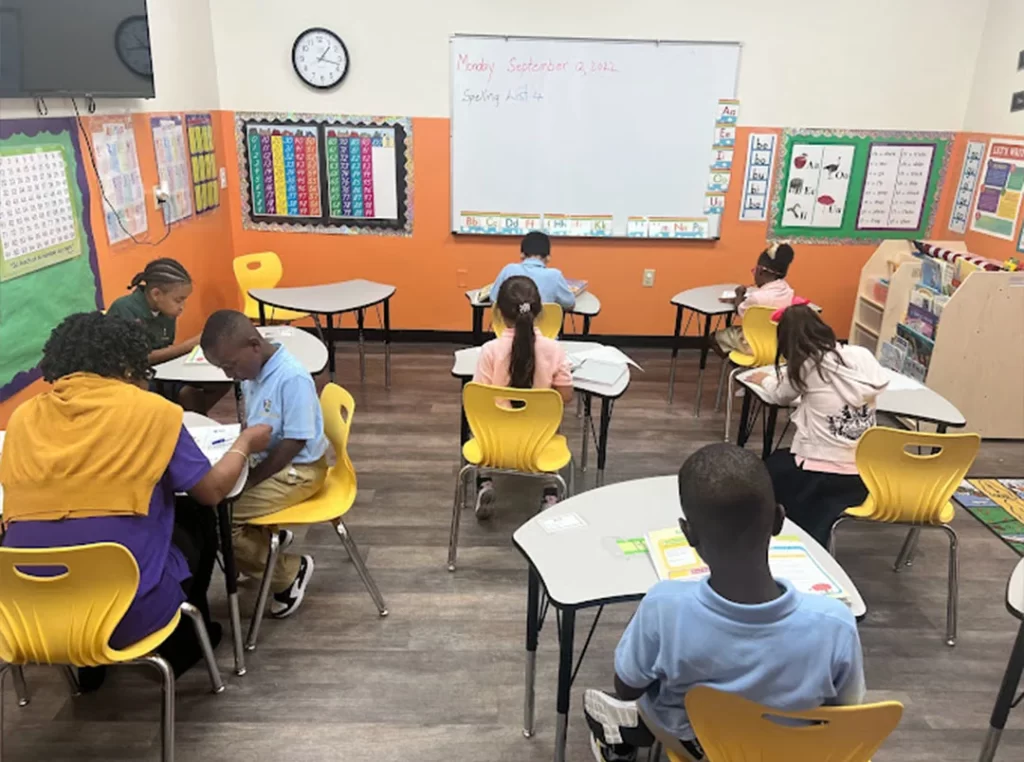
Institutions that embrace the HighScope curriculum aim to ignite a passion for learning in your child. They’ll craft an inviting atmosphere where your little one can freely explore diverse learning materials and engage with peers and adults. This curriculum believes children learn best through natural play, hands-on experiences, and meaningful interactions with people around them.
Some of the unique characteristics of the HighScope Curriculum include:
- Emphasis on active participatory learning. This curriculum champions children’s learning through active participation in hands-on experiences.
- This curriculum emphasizes the need for children to learn in a supportive learning environment.
- There should be a successful implementation of consistent daily routines in a learning institution. This gives the learners structure. They can anticipate what is coming.
- Adult-child interaction in learning. The curriculum advocates the need for adults to become partners in educating the child by guiding them rather than directing them.
Faith-Based Curriculum
This preschool curriculum seeks to incorporate religious or theological teachings into the child’s learning. It aims to create a child who grows in their academic knowledge and spiritual values.
Regio Emilia
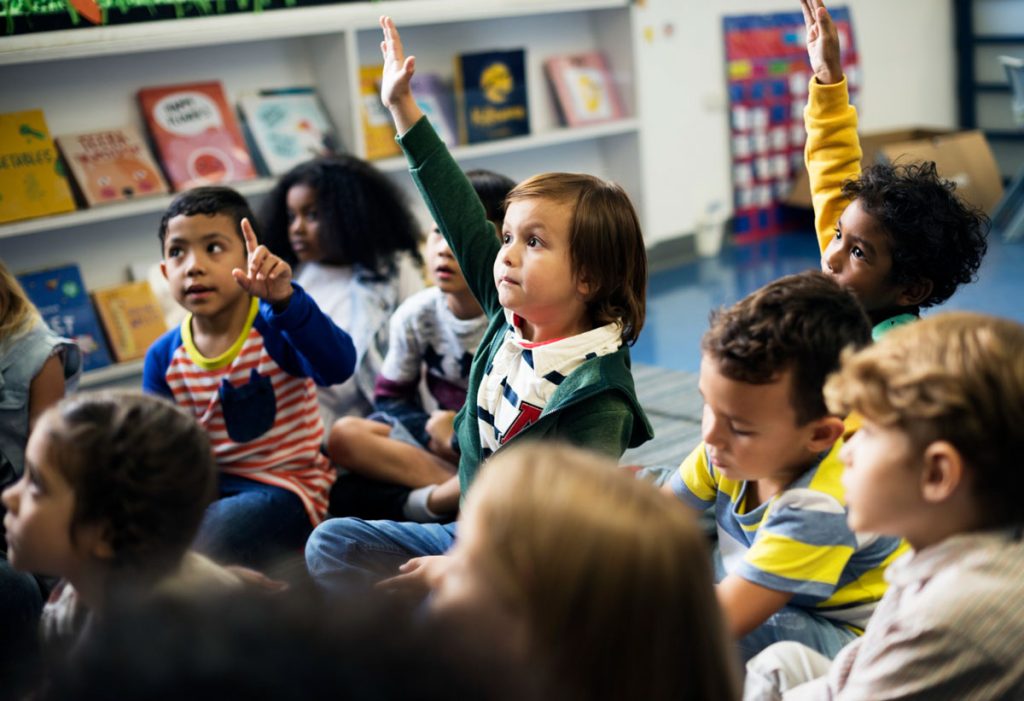
This curriculum is the brainchild of Loris Malaguzzi from Italy. It’s a curriculum whereby learners have as much say as their teachers. Learners are in control of their learning with the support of their parents or families. In a nutshell, it assumes learners know what they should learn.
Some unique characteristics of Regio Emilia include:
- Children know what they need to learn.
- It encourages the free expression of children.
- Teachers are partners in the child’s learning. Teachers ought to observe learners keenly to identify their interests. That will enable them to tailor classroom learning to suit the child’s needs.
- Parents are essential components in the child’s learning.
- Documentation is a vital part of learning. Regio Emilia encourages documentation of a child’s learning experience in the classroom.
Montessori Curriculum

Dr. Maria Montessori developed this curriculum. She was an Italian physician who was passionate about human development. Dr Montessori developed this model to be child-centered, making learning a journey each child can take at their own pace. She challenges the traditional idea of everyone learning the same thing simultaneously. Instead, she believes that learning isn’t about age. It’s about understanding one skill before gracefully moving on to the next.
Some of the unique characteristics of the Montessori curriculum include:
- Having children of mixed ages in one classroom. Under Montessori, it’s normal to have kids of different ages as they grasp concepts at various speeds. It’s the hallmark of the Montessori preschool learning. In a mixed-age Montessori classroom, younger learners learn from their older peers. The older kids benefit, too. They get to sharpen their leadership skills by helping out their younger friends.
- Teachers guide the students rather than direct them.
- Uninterrupted work periods. A Montessori curriculum allows children to learn in a prepared environment within a set block of time. Learning in a continuous work period enables children to concentrate, develop new skills, and interact with classroom materials.
- The Montessori curriculum emphasizes independence. It teaches learners to be self-directed and to focus on activities that most appeal to them at their own pace.
Bank Street

It is also known as the developmental interaction approach. Lucy Mitchell developed it, emphasizing the child’s wholesome development. Wholesome development means building a child socially, emotionally, physically, and intellectually.
Some unique characteristics of the Bank Street curriculum include:
- Holistic development. The curriculum acknowledges that education isn’t academic learning alone. Instead, education should focus on the child’s social, emotional, physical, and creative well-being.
- Child-centered learning. This curriculum acknowledges that every child is unique. They need tailored learning experiences to meet their individual needs.
- It views teachers and leaders as facilitators of learning. The teacher’s role is to offer one-on-one attention to the learner on their passion.
- There is no competition among learners. Instead, there is collaborative learning. Learning is through socializing and working with peers.
- Learners decide their mode of learning. This can be either hands-on or through observation.
- Experiential learning. This model recognizes that children learn best through active engagement with learning materials, people, ideas, and their environment.
Selecting The Right Preschool For Your Child
Selecting the right preschool curriculum is critical to setting your child on the right education path. It boosts their academic performance and sets them up for a brighter future, including higher incomes and excellence in life. For parents in South Florida, finding a preschool with a curriculum that matches your child’s interests, learning style, and family values is crucial.
Look for a preschool that embraces various teaching methods to provide your child with a rich, diverse learning experience. Choosing a school that encourages family involvement is essential because you should be integral to your child’s educational journey. At Inspiring Minds Preschool in Tamarac, we cover you on all fronts. Our curriculum combines the best of Montessori, Waldorf, and Reggio Emilia approaches, offering diverse learning opportunities.
Get in touch with us today to kickstart your child’s educational adventure.
